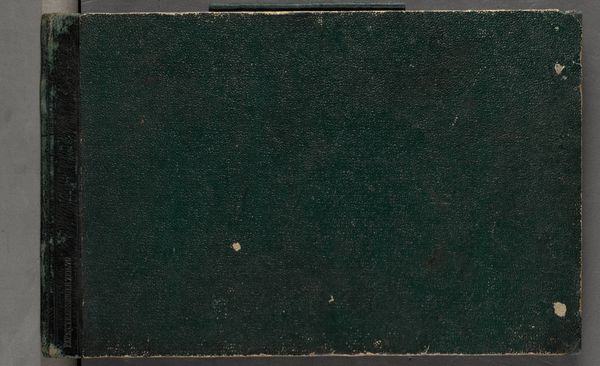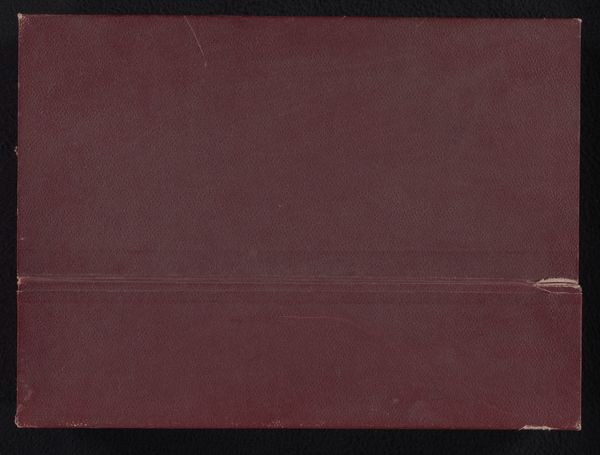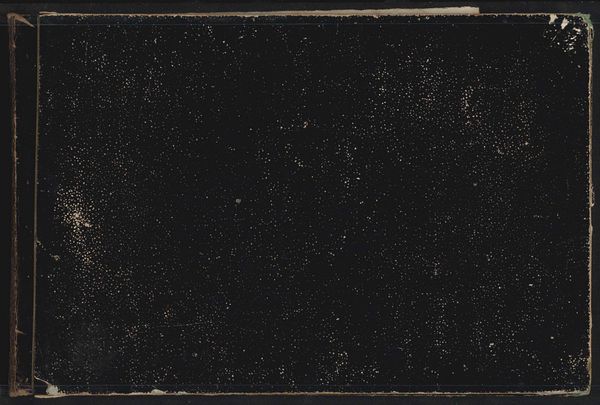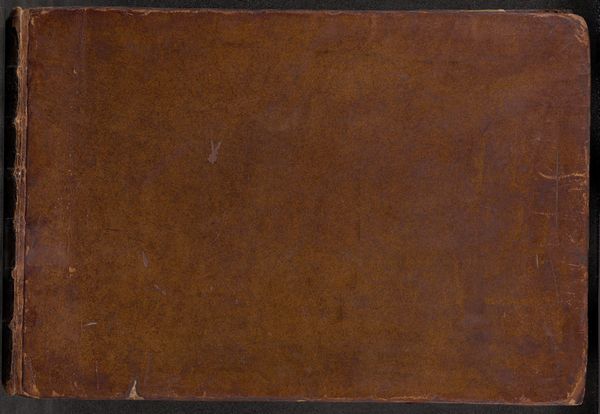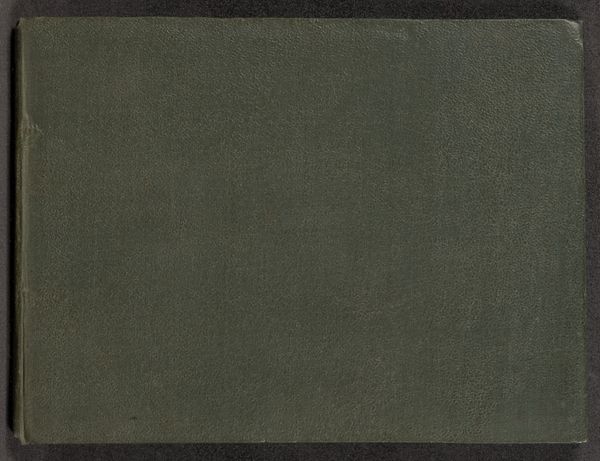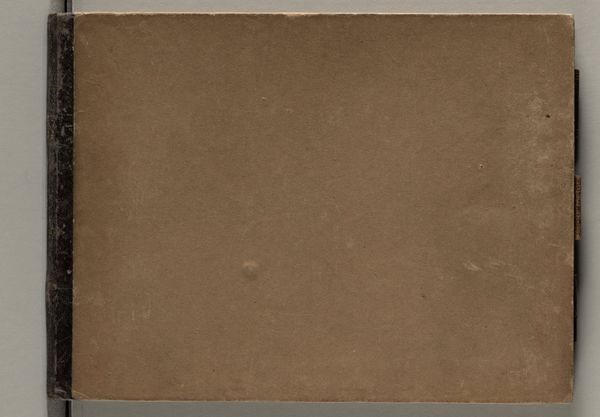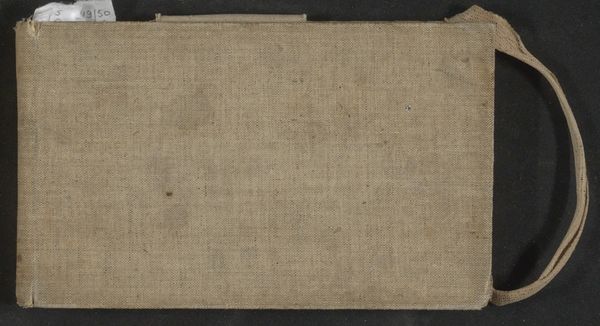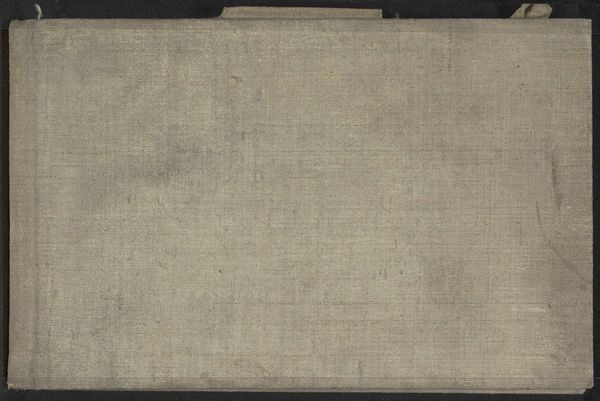
drawing, paper
#
drawing
#
16_19th-century
#
paper
Copyright: Public Domain
Curator: Let’s turn our attention to "Skizzenbuch" – that translates to "Sketchbook" – dating back to around 1867 or 1868, attributed to Friedrich Metz, and held here at the Städel Museum. Editor: My first impression is one of understated purpose. The solid purple cover gives an air of private thoughts, somehow…almost conspiratorial. It’s incredibly tactile; I immediately want to know what kind of labor produced that surface and who was it for. Curator: Exactly! It's paper, yes, but bound and crafted as an object. These sketchbooks, inexpensive and readily available in the nineteenth century, became crucial tools for artists. Think about the production: the paper-making, the bookbinding, the distribution networks. Each sketchbook connects to broader socio-economic systems. Editor: And I'm wondering about who purchased, held, and touched the sketchbook—a single, solitary artist? Did he have assistance to bind or distribute the materials? How might this humble sketchbook factor into histories of queer art practice, too? Curator: Excellent question. While we don’t know precisely the contents, we can assume from its existence and presumed usage that the interior held notes or studies relating to his larger works. The act of sketching was an integral step. It speaks volumes about artistic labor. The creation of that paper and the crafting of it into that physical thing—it's an example of how art production implicates multiple layers of making, labor, and, quite often, class stratification. Editor: I’m drawn to the tension between its accessibility as a mass-produced object and its intensely personal nature as a repository of an artist’s ideas. It begs a broader narrative regarding identity, place, and meaning making from seemingly simple resources. The book feels like an intensely personal possession with infinite possible uses and identities assigned to it. Curator: It’s about taking what is common, almost disposable, elevating it through artistic application, while retaining its roots in industrial production. In doing so, the artist elevates those networks into the fine arts sphere. Editor: Looking at it this way emphasizes that our interpretations and interactions will necessarily evolve as the art continues its role and journeys. Curator: Precisely! We come away realizing art never existed, nor exists, in isolation. It’s inextricably linked to both the cultural conditions and material realities of its making. Editor: An accessible and intriguing conclusion—emphasizing art’s place within both history and modern interpretation.
Comments
No comments
Be the first to comment and join the conversation on the ultimate creative platform.


